
Rethinking waste: Recycling vs. upcycling or both
ecycling vs. Upcycling, which one is better? Upcycling is better than recycling. Recycling is more feasible than upcycling. Recycling degrades the value of the material. Upcycling upgrades the value of a material. Upcycling is not an economically viable option. Recycling is more scalable than upcycling. You might have come across these statements while exploring the world of recycling and upcycling.
With the world shifting its focus toward circularity, ‘Recycling vs. Upcycling’ continues to be a topic of debate in the industry, across sectors. Experts have been evaluating various aspects to come to a conclusion. Have they reached one yet? While upcycling is better than recycling in terms of enhancing the value of a material no longer in use, recycling, which may degrade the quality of the material, more often than not, is the more feasible option to increase the lifespan of a discarded material.
So, while the debate continues, can we have the best of both worlds, especially at a time when we are navigating net zero targets? Join us as we, at Qalara, explore the balance between recycling and upcycling and why both are essential for sustainable living and for developing an effective waste management ecosystem.
Understanding recycling and its benefits
⬝ Definition and process of recycling
Recycling is the process of converting waste materials into new materials. This concept often includes the recovery of energy from waste materials. The recyclability of a material depends on its ability to reacquire the properties it had in its original state. The basic steps of recycling include:
1. Collection: Waste materials are collected from households, businesses, and industries. This can be done through curbside pickup, drop-off centers, or specialized collection programs
2. Sorting: Once collected, the materials are sorted based on their type. Common categories include paper, plastic, glass, and metal. Advanced sorting technologies, such as optical scanners and magnets, are used to separate materials efficiently
3. Processing: After sorting, the materials undergo processing to prepare them for remanufacturing. This may involve shredding, melting, or breaking down the materials into smaller components
4. Remanufacturing: The processed materials are then used to manufacture new products. For example, recycled paper can be used to make new paper products, recycled plastic can be transformed into new plastic items, and so on.
Overall, recycling aims to divert waste from landfills, conserve natural resources, and reduce the environmental impact of producing new materials.
Also read: How to decode sustainability jargon
⬝ Examples of commonly recycled materials
There are a variety of materials that can be recycled. Some are trickier than others. Let us have a look at the most common materials that can be easily recycled.
1. Paper: Paper is one of the most commonly recycled materials. It includes newspapers, magazines, cardboard, and office paper. Recycling paper helps save trees and reduces energy consumption and water usage in paper production.
2. Plastic: Various types of plastic, such as PET (polyethylene terephthalate) and HDPE (high-density polyethylene), can be recycled. Recycling plastic reduces the amount of plastic pollution in the environment and conserves petroleum resources used in plastic production.
3. Glass: Glass containers, such as bottles and jars, are recyclable. Recycling glass reduces the need for raw materials in glass production and saves energy.
4. Metal: Metals like aluminum, steel, and copper are highly recyclable. Recycling metals conserves natural resources, reduces greenhouse gas emissions, and saves energy compared to producing new metals from raw materials.
⬝ Benefits of recycling
1. Resource conservation: Recycling helps conserve natural resources by reducing the need for raw materials. For example, recycling one ton of paper can save up to 17 trees and significant amounts of water and energy!
2. Energy savings: Recycling often requires less energy than producing new materials from raw resources. For instance, recycling aluminum saves up to 95% of the energy required to produce aluminum from bauxite ore.
3. Waste reduction: By diverting materials from landfills, recycling helps reduce the amount of waste sent to disposal sites. This mitigates environmental pollution and minimizes the need for new landfill space.
4. Economic benefits: Recycling contributes to the economy by creating jobs in the collection, processing, and remanufacturing industries. It also reduces the costs associated with waste disposal and helps generate revenue from the sale of recycled materials.
5. Climate change mitigation: According to the most recent EPA data, the recycling and composting of municipal solid waste (MSW or trash) saved over 193 million metric tons of carbon dioxide equivalent in 2018. Recycling thus plays a crucial role in reducing greenhouse gas emissions and combating climate change.
Recycling plays a vital role in promoting sustainability, conserving resources, and fostering a circular economy. By understanding its processes and benefits, individuals, communities, organizations and authorities can contribute to a more environmentally friendly and economically viable waste management system.
However, products should only be recycled if they cannot be reduced or reused, emphasizing the importance of waste reduction and reuse strategies in conjunction with recycling efforts. This takes us to our next topic, Upcycling.
Understanding upcycling and its benefits
⬝ Definition and process of upcycling
Upcycling, in its essence, is the creative reuse or adaptation of existing products to add value. Unlike recycling, which involves breaking down materials that often require energy and resources to create new ones, upcycling focuses on transforming and repurposing pre-existing items in innovative ways. The process of upcycling typically involves:
1. Identifying potential materials: Upcycling begins with identifying materials or products that can be repurposed. These materials or products can range from old furniture and clothing to discarded industrial components.
2. Creative adaptation: Once the materials are identified, they are creatively adapted or transformed into new products or objects. This could involve refurbishing old furniture, turning scrap fabric into new clothing or accessories, or repurposing industrial waste into functional art pieces.
3. Value addition: The key aspect of upcycling is to add value to the original materials through creative design, craftsmanship, and innovation. This may involve enhancing the aesthetic appeal, functionality, or durability of the upcycled products.
⬝ Examples of upcycling projects and techniques
With creativity, anything, and everything can be upcycled, from creating bags from discarded tire tubes to creating handwoven fabric with discarded plastic rappers and everything in between. Here are a few examples:
1. Repurposed furniture: Old furniture pieces such as tables, chairs, and cabinets can be upcycled into unique and stylish pieces with a fresh look. For example, an old wooden pallet can be transformed into a rustic coffee table, or discarded industrial pipes can be repurposed into industrial-style shelving units.
2. Fashion upcycling: In the fashion industry, upcycling involves transforming old or unwanted clothing into new garments or accessories. This could include turning old jeans into denim skirts, repurposing vintage fabrics into statement pieces, or upcycling discarded textiles into trendy bags or accessories.
3. DIY home décor: Upcycling also extends to DIY home décor projects, where everyday items are repurposed into decorative accents for the home. For instance, old mason jars can be transformed into stylish candle holders or wine bottles can be upcycled into unique vases or lamp bases.
⬝ Benefits of upcycling
1. Waste reduction: Upcycling saves materials from ending up in landfills, reducing the amount of waste generated and minimizing environmental pollution.
2. Conservation of resources: By utilizing existing materials, upcycling minimizes the need for virgin resources or natural materials and reduces the strain on valuable resources such as fuel, forests, and water supplies.
3. Social and economic benefits: Think ‘best out of waste’ and you will figure that upcycling promotes artisanal work and craftsmanship, supporting local and rural industries. It also provides economic opportunities for individuals or communities engaged in upcycling activities.
4. Reduction of pollution: Upcycling results in less air and water pollution compared to traditional manufacturing processes and even recycling processes that may involve the use of electricity. It also produces less hazardous waste during the manufacturing process, contributing to a cleaner and healthier environment.
5. Energy savings and climate mitigation: Upcycling saves energy by reducing the need to manufacture new materials from scratch. This, in turn, reduces greenhouse gas emissions and helps mitigate climate change by lowering the carbon footprint associated with production processes.
Upcycling offers a sustainable and creative approach to waste management, providing environmental, social, and economic benefits. By harnessing creativity and innovation, upcycling contributes to a more circular economy and promotes responsible consumption and production practices.
When to choose recycling vs. upcycling and why are both essential
⬝ Pros and cons
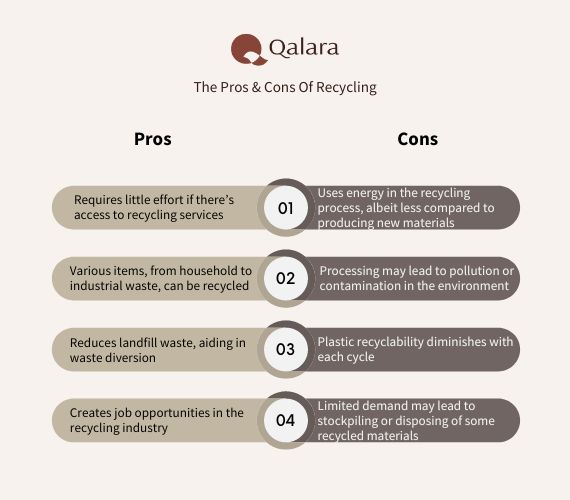
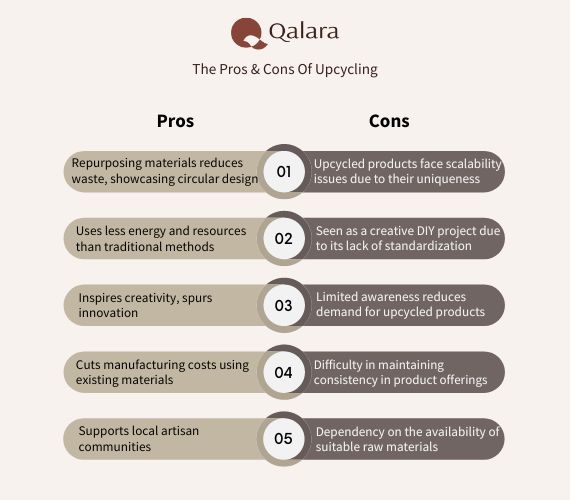
Deciding between recycling and upcycling hinges on the materials involved, their potential for reuse, and the overarching goal of extending their lifespan to delay their journey to landfills. Let us explore how to strike the right balance.
⬝ Choose by evaluating material characteristics and reuse potential
1. Recycling: Direct materials that cannot be effectively upcycled towards recycling. For example, plastic bottles can be recycled into various products such as fiber for textiles or new plastic items. However, once a material reaches the end of its lifecycle in a particular application, it may be challenging to further upcycle due to degradation or contamination.
2. Upcycling: Items with inherent value or potential for creative adaptation are prime candidates for upcycling. A plastic bottle that cannot be effectively recycled due to contamination or degradation may find new life as an eco-brick for construction or repurposed into small planters for home gardening.
⬝ Balancing reuse, recycle, and upcycle
1. Maximizing utility and lifespan through a combination of reuse, recycling, and upcycling strategies is key. By finding innovative ways to repurpose materials through upcycling, we can prolong their usefulness and reduce reliance on new resources.
2. However, when materials reach the end of their upcycling potential, recycling offers a viable option to recover their raw materials for further use. For instance, a plastic bottle may initially be upcycled into a creative DIY project, and then recycled into raw material for manufacturing new products.
⬝ Increasing product or material life cycle
The aim is to increase the overall life cycle of a product or material, delaying its disposal in landfills and minimizing waste generation. By extending the product’s life cycle through upcycling or recycling, we reduce the environmental impact associated with extracting, processing, and disposing of raw materials.
This approach aligns with the principles of circular economy, where resources are kept in use for as long as possible, maximizing their value and minimizing waste generation.
⬝ Why are both essential?
The decision to recycle or upcycle should be guided by several factors, including the material’s characteristics, its potential for reuse, and the overarching goal of extending its lifespan. By striking a balance between recycling and upcycling strategies, we can effectively manage waste, conserve resources, and promote environmental sustainability.
Both recycling and upcycling play crucial roles in reducing pressure on landfills and minimizing waste generation. Recycling diverts materials from landfills, conserves natural resources, and reduces greenhouse gas emissions associated with the extraction and processing of raw materials. Similarly, upcycling prolongs the life cycle of products and materials, preventing them from ending up in landfills sooner than they ought to. Utilizing both recycling and upcycling in tandem is essential for achieving global net zero targets and bringing us closer to our dream of a carbon-neutral world.
Creative recycling and upcycling
⬝ Highlighting global projects
1. World’s first enzymatically recycled nylon by Samsara Eco X Lululemon
Australian enviro-tech startup, Samsara Eco, has joined forces with leading activewear brand Lululemon to introduce the world’s inaugural enzymatically recycled nylon 6-6 product. This innovative collaboration utilizes recycled nylon 6-6 and Samsara’s cutting-edge technology to craft Lululemon samples, specifically the Swiftly Tech long-sleeve top. Remarkably, this marks the first instance of such nylon being recycled in this manner, as highlighted by both companies.
The unveiling of this groundbreaking product coincides with a growing trend in the textile and fashion industries toward recyclable and sustainable materials and sustainability reporting. Notably, the fashion sector contributes approximately 10% of global carbon emissions, while a staggering 85% of textiles ultimately find their way into landfills, as reported by the United Nations Economic Commission for Europe.
2. Fleather, a leather alternative crafted with recycled floral waste
Fleather by Phool, a visionary brand from India, is a revolutionary material poised to redefine sustainability in the fashion industry. This innovative creation offers a delicate, smooth texture reminiscent of soft lamb skin leather, yet its origins are far from conventional. Derived from floral waste generated in temples across India, Fleather represents Phool’s ambitious endeavor to transform discarded flowers into a luxurious alternative to animal leather.
This material embodies a burgeoning trend within the fashion landscape: the emergence of plant waste- and fungi-based leather alternatives. Positioned to disrupt the traditional leather industry, Fleather capitalizes on the growing interest in vegan fashion while addressing the environmental concerns associated with conventional leather production.
Also read: Debunking myth: Eco leather vs faux leather
⬝ Explore your creativity and repurpose materials in inventive ways
Not sure how you can contribute as an individual? Qalara brings a list of tips and suggestions, that are easy to follow, to get you started!
1. Contributing to recycling
– Segregate waste: Start by separating your waste into different categories such as paper, plastic, glass, and metal. This simple step ensures that recyclable materials are kept separate from non-recyclable waste, making it easier for recycling facilities to process them efficiently.
– Educate yourself: Take the time to learn about what materials can be recycled in your area and how to properly prepare them for recycling. This may involve rinsing out containers, removing labels, or flattening cardboard boxes to save space.
– Support recycling programs: Participate in local recycling programs or initiatives that promote recycling within your community. This could include organizing recycling drives, advocating for improved recycling infrastructure, or supporting businesses that use recycled materials in their products.
– Reduce and reuse: Remember the importance of the ‘reduce’ and ‘reuse’ principles in conjunction with recycling. Whenever possible, opt for reusable items instead of single-use products, and try to minimize waste generation in the first place.
– Spread awareness: Share your knowledge and enthusiasm for recycling with others. Encourage friends, family, and colleagues to join you in adopting sustainable waste management practices and advocate for recycling initiatives in your community.
2. Contributing to upcycling
– Create a knotted rug from used clothes: Repurpose old t-shirts or fabric scraps into a stylish knotted rug by cutting them into strips and tying them together to form a colorful and unique floor covering.
– Turn wine bottles into planters: Give empty wine bottles a new lease on life by transforming them into charming planters for herbs, succulents, or small flowers. Simply clean out the bottles, add soil, and plant your favorite greenery.
– Make DIY storage containers from tin cans: Upcycle empty tin cans into practical storage containers for organizing small items like pens, utensils, or craft supplies. Decorate the cans with paint, fabric, or decorative paper to add a personal touch.
– Repurpose old furniture with paint and decoupage: Give outdated or worn furniture a fresh look with a coat of paint and decoupage. Experiment with different colors and patterns to transform pieces into eye-catching statement pieces for your home.
– Craft upcycled jewelry from broken or unwanted items: Salvage old jewelry, buttons, beads, or other small trinkets to create unique pieces of upcycled jewelry. Let your creativity shine as you design earrings, necklaces, bracelets, and more from materials that might otherwise be discarded.
Conclusion
In the journey towards sustainable living, the choice between ‘recycling’ and ‘upcycling’ is not about picking sides; it is about understanding when each approach best serves our environmental goals. Let us empower ourselves with the knowledge of when to opt for recycling and when to embrace upcycling’s creative flair. Together, we can make a world of difference by reducing waste, conserving resources, and fostering a circular economy.
Ready to take the next step? Start recycling and upcycling now. You can also explore the diverse range of recycled and upcycled products at Qalara and join us in shaping a greener, more sustainable future. Let us turn our choices into actions and create lasting positive change for our planet and for our future generations!
Happy recycling!
or upcycling!
or both!!
~ Written by Utkarsha Rai



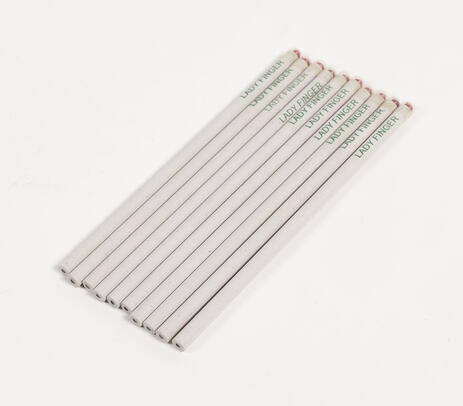
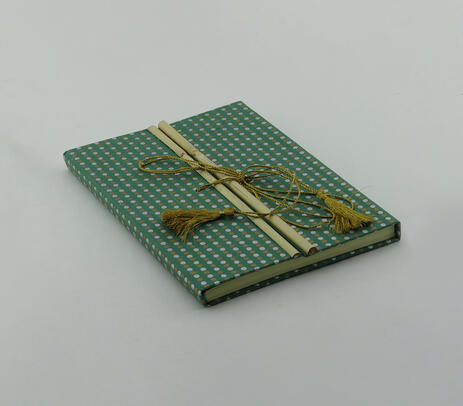
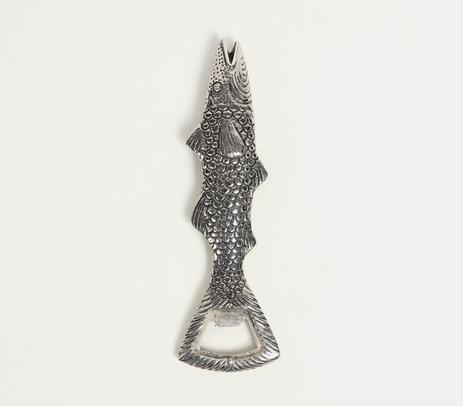
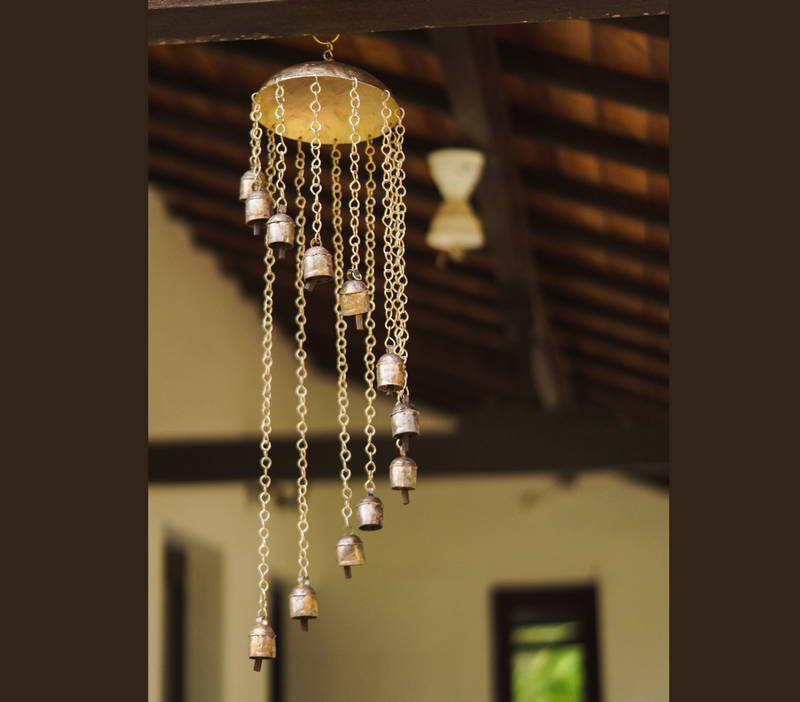
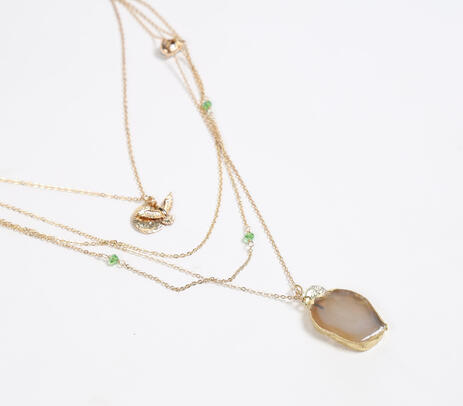
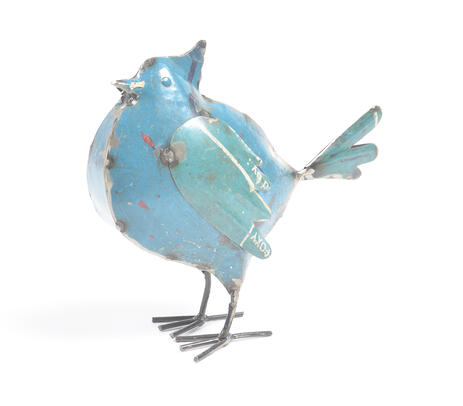

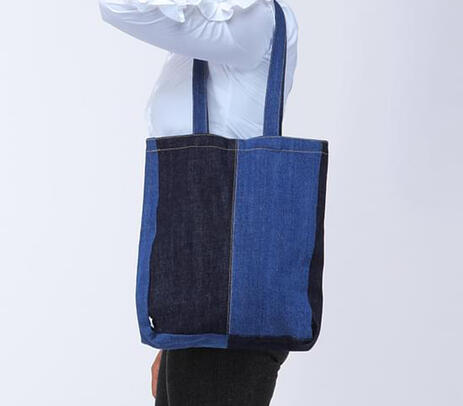
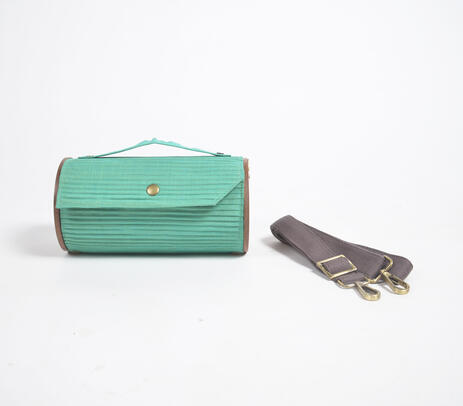
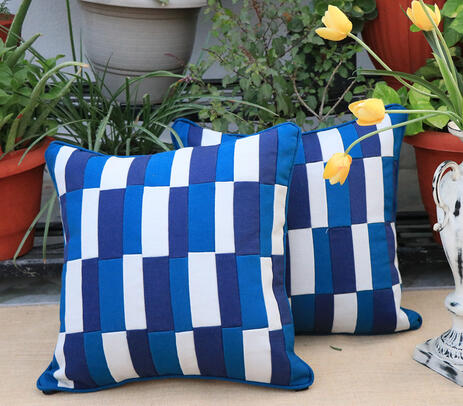
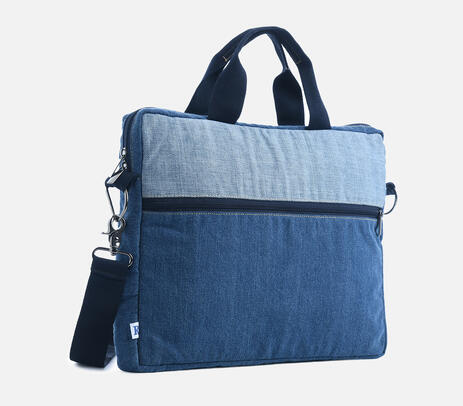

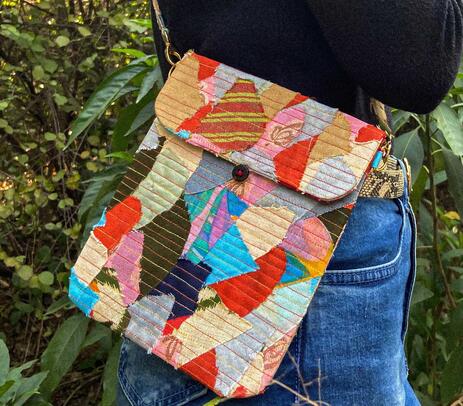

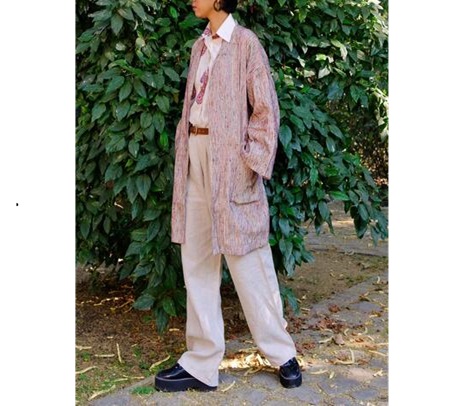

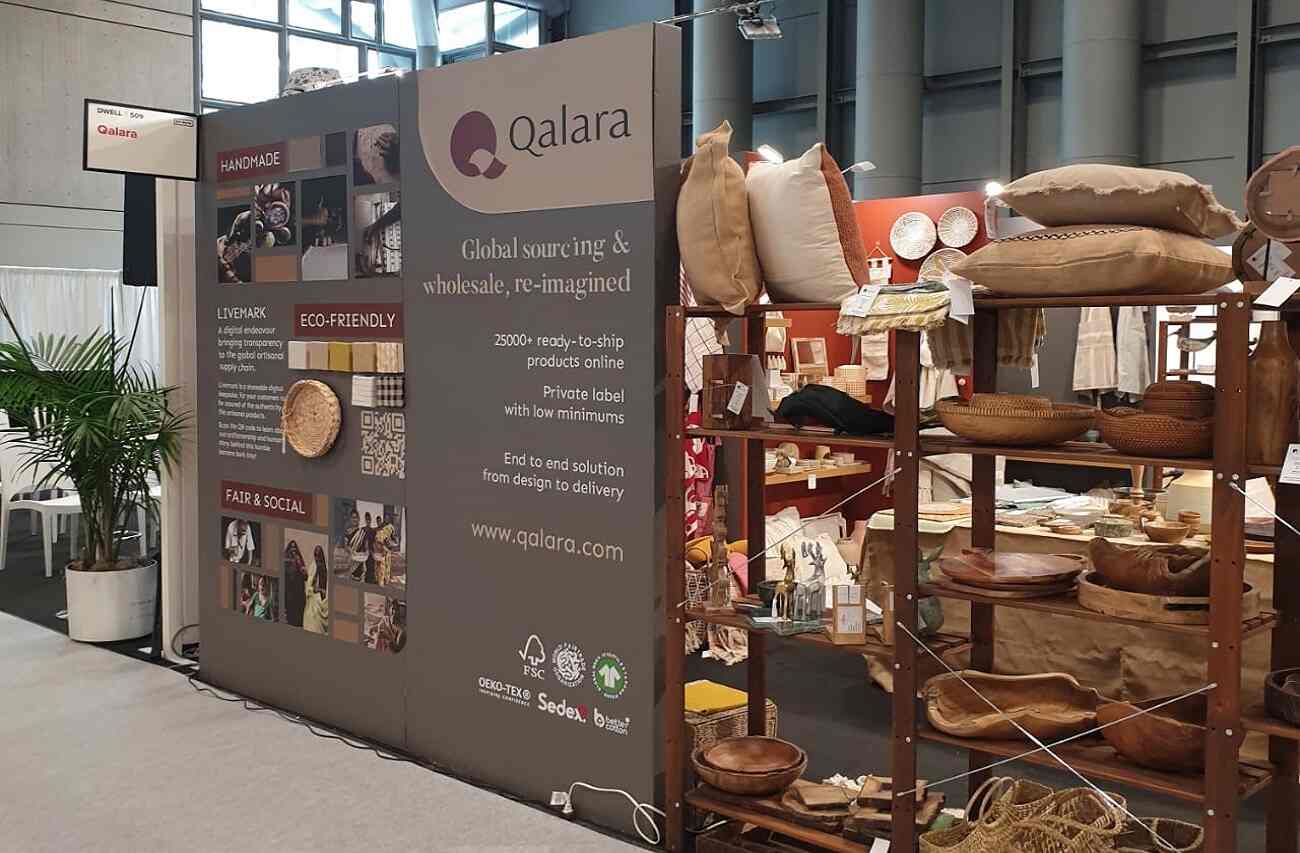
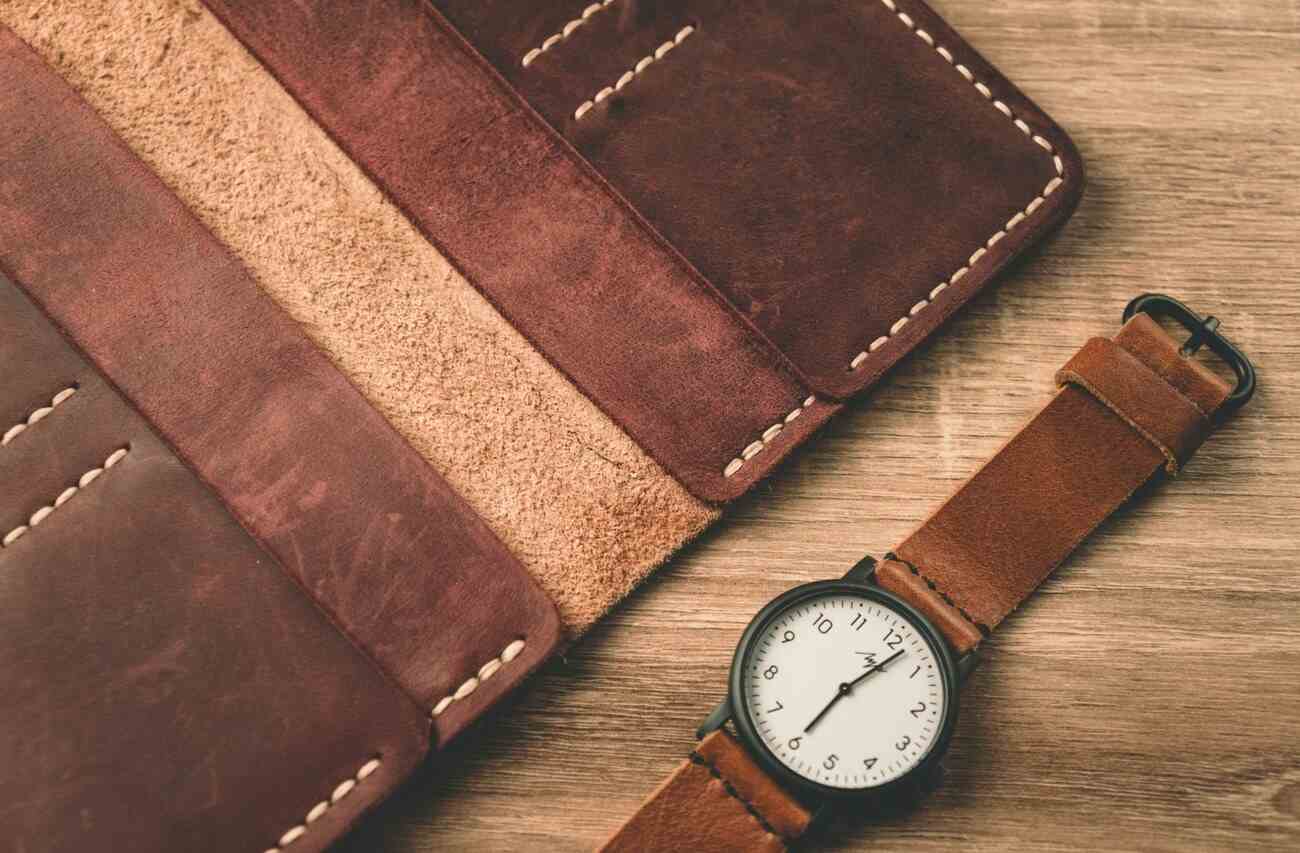
Leave a Reply